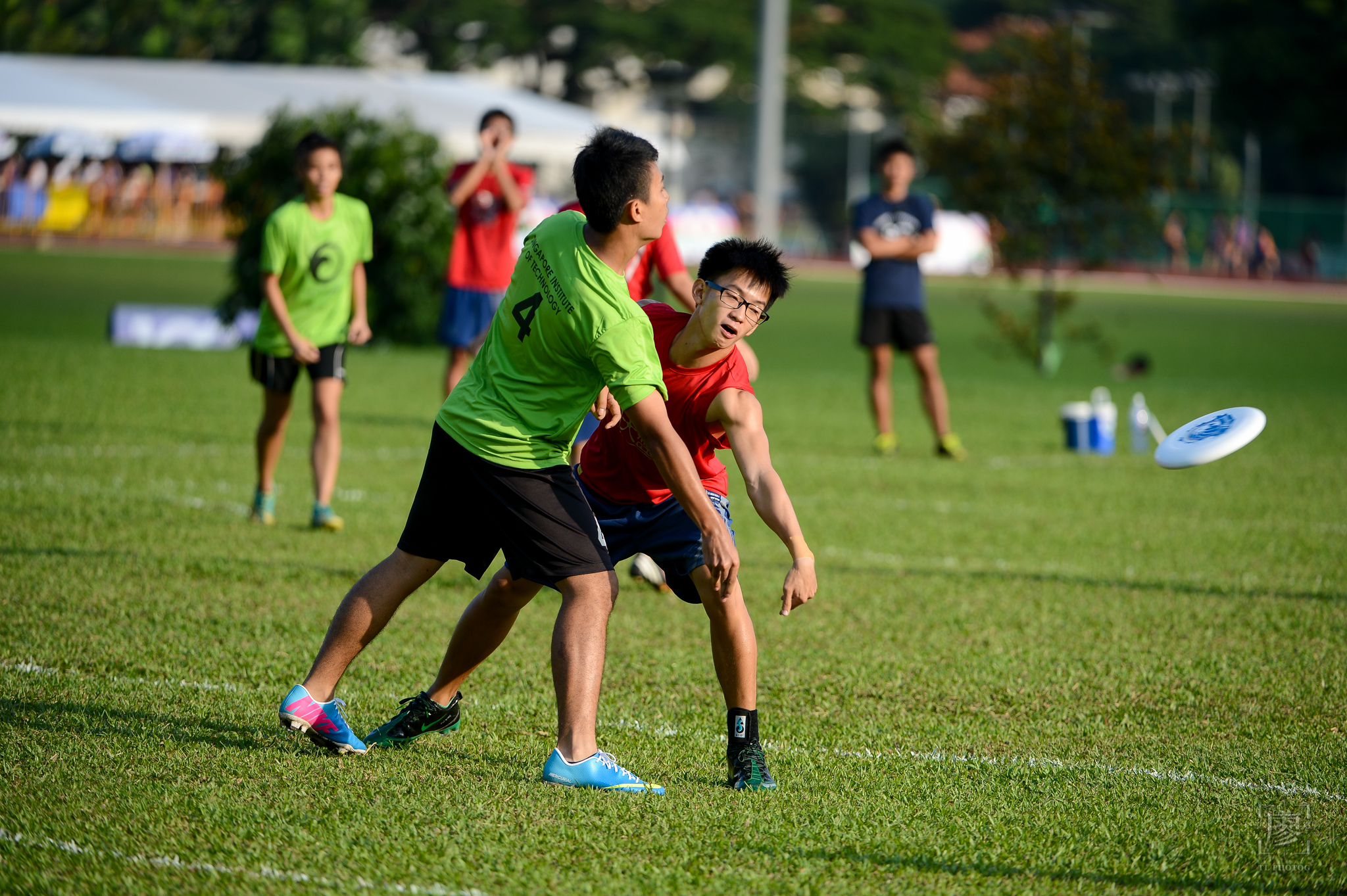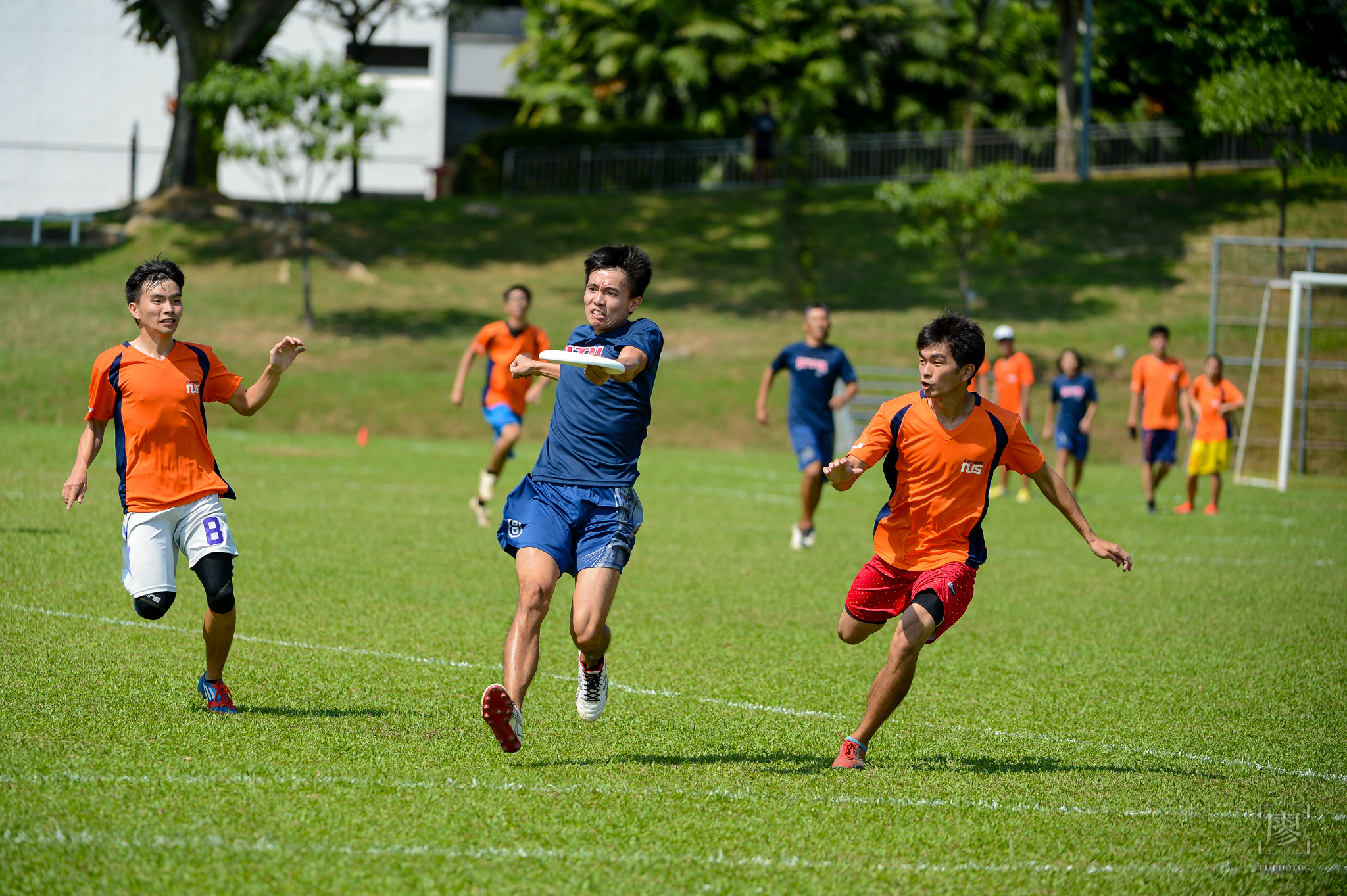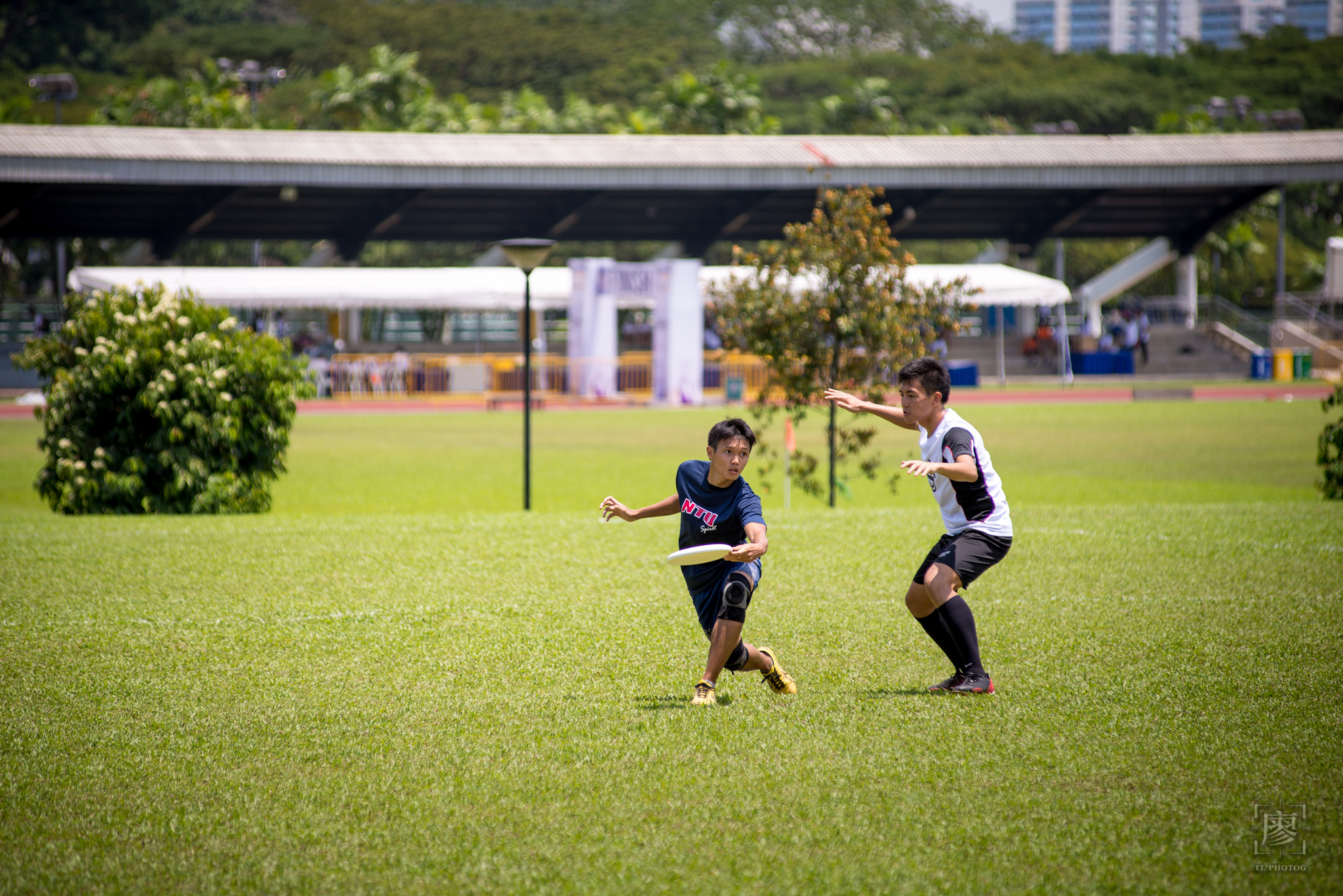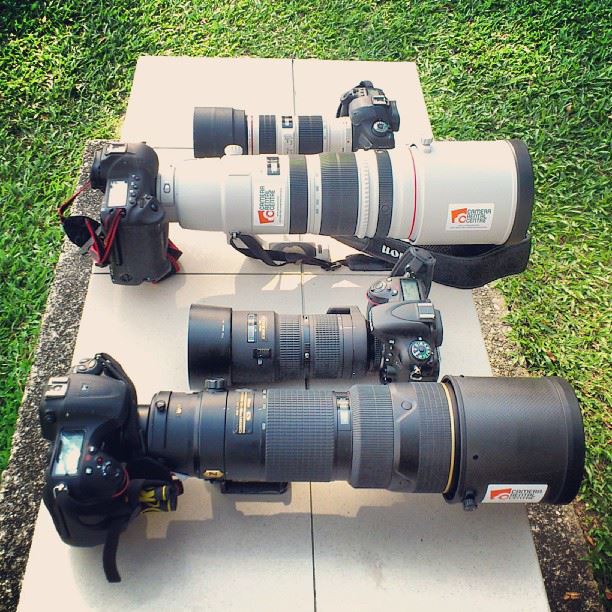10 years was how long it took Canon to bring to market a lens that could answer their biggest rival's presence in the super-telephoto zoom segment. Since then, Nikon has released a second version of the 200-400mm f/4G VR. In this hands-on impressions, I had the opportunity to test drive both brand's lenses pair with their flagship camera bodies, courtesy of Camera Rental Centre
.
Since I have only 1 pair of hands, I invited Tien Leng of TL Photography to be my 2nd pair of eyes and hands on the field. His impressions can be found at the second half of this article.
Physically, both lenses are very similar in both length (366mm for Canon vs 365mm for Nikon, without hoods) and weight (3.6kg for Canon vs 3.2kg for Nikon). These are no ordinary lenses that you can just slip into your bag and forget about them. Taking one of these out can be a pain in the back, and it seems both companies have different approaches in packaging them. The more expensive Canon comes with a hefty and very well padded hard case. The Nikon; a large soft pouch with a side sling. Officially, the hard case looks like it can be thrown down a flight of stairs with the lens inside and survive. Unofficially, the hard case can be used as a stool of sorts as demonstrated here. Depending on the photographer, the consequences of this risky yet convenient technique may vary. The Nikon, however, presents a more convenient way of transporting a lens of this size around without the clunkiness.
Naturally, the main application for lenses of these focal lengths would be sports. We set our lenses on Ultimate Frisbee action at National University of Singapore (NUS) for the start of the Singapore University Games (SUniG). Although I had a very brief prior hands on experience with the 200-400 at the 25th Canon Lion City Cup, this would be my first full length sports game with it.
Undeniably, the main draw of a 200-400 lens is the variable focal lengths in the super-telephoto range. The Canon has one-upped this convenience by implementing a 1.4x tele-converter built into the lens. With a flick of the switch, the 200-400mm can be instantly converted into a 280-560mm f/5.6. This extra reach proved crucial to capturing the action at the extreme far ends of the field. Focusing speed is phenomenal when paired with the flagship 1D X, even the quick turns and twist of Ultimate Frisbee proved no challenge for this combination. What usually is the limiting factor is the photographer's tracking of the action and anticipation of that key moment. As expected of a lens that costs 5-figures, the image quality leaves no question that this is THE best zoom lens that Canon makes.
A gallery of photos taken with the 200-400 is linked below.
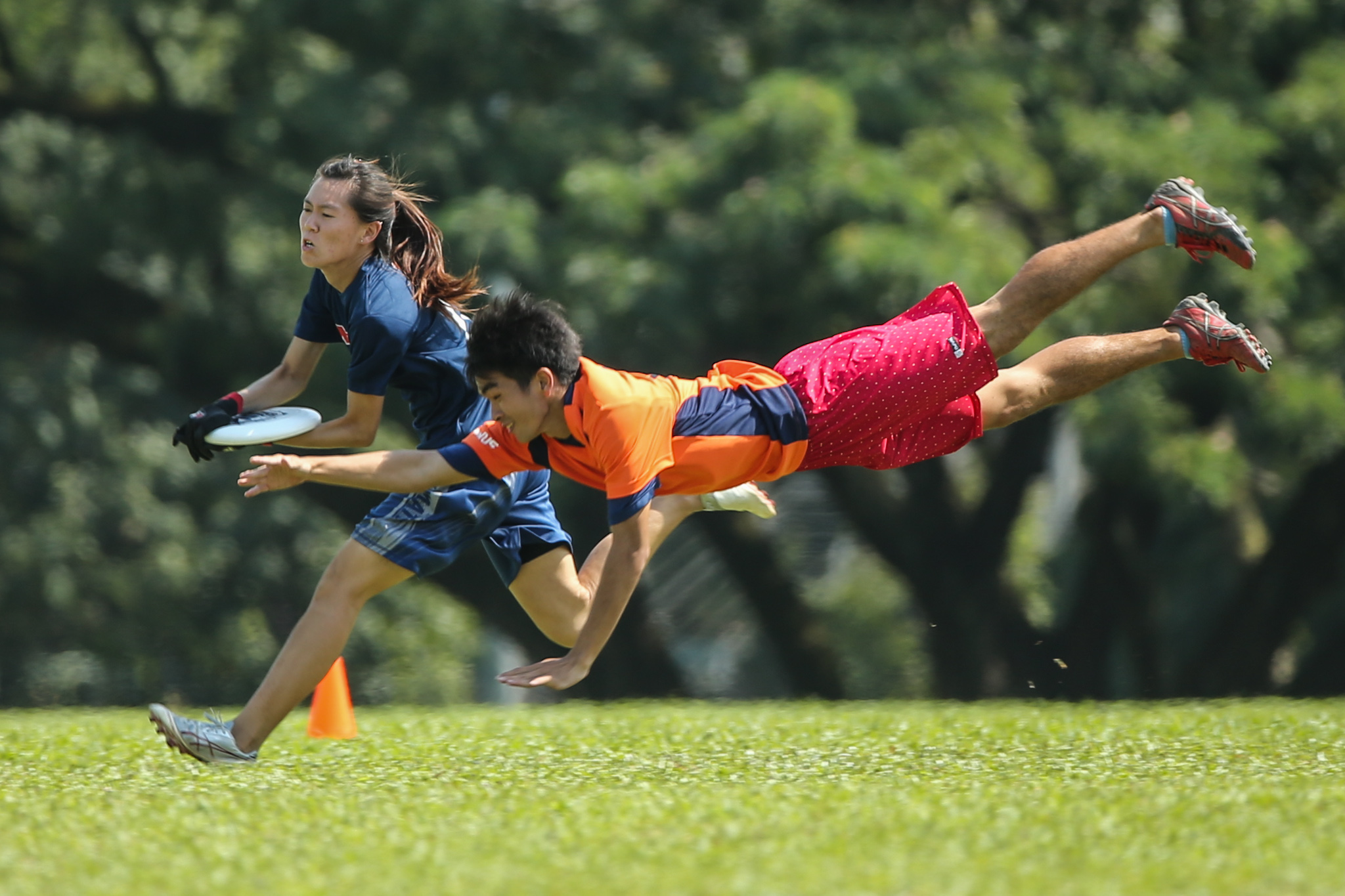
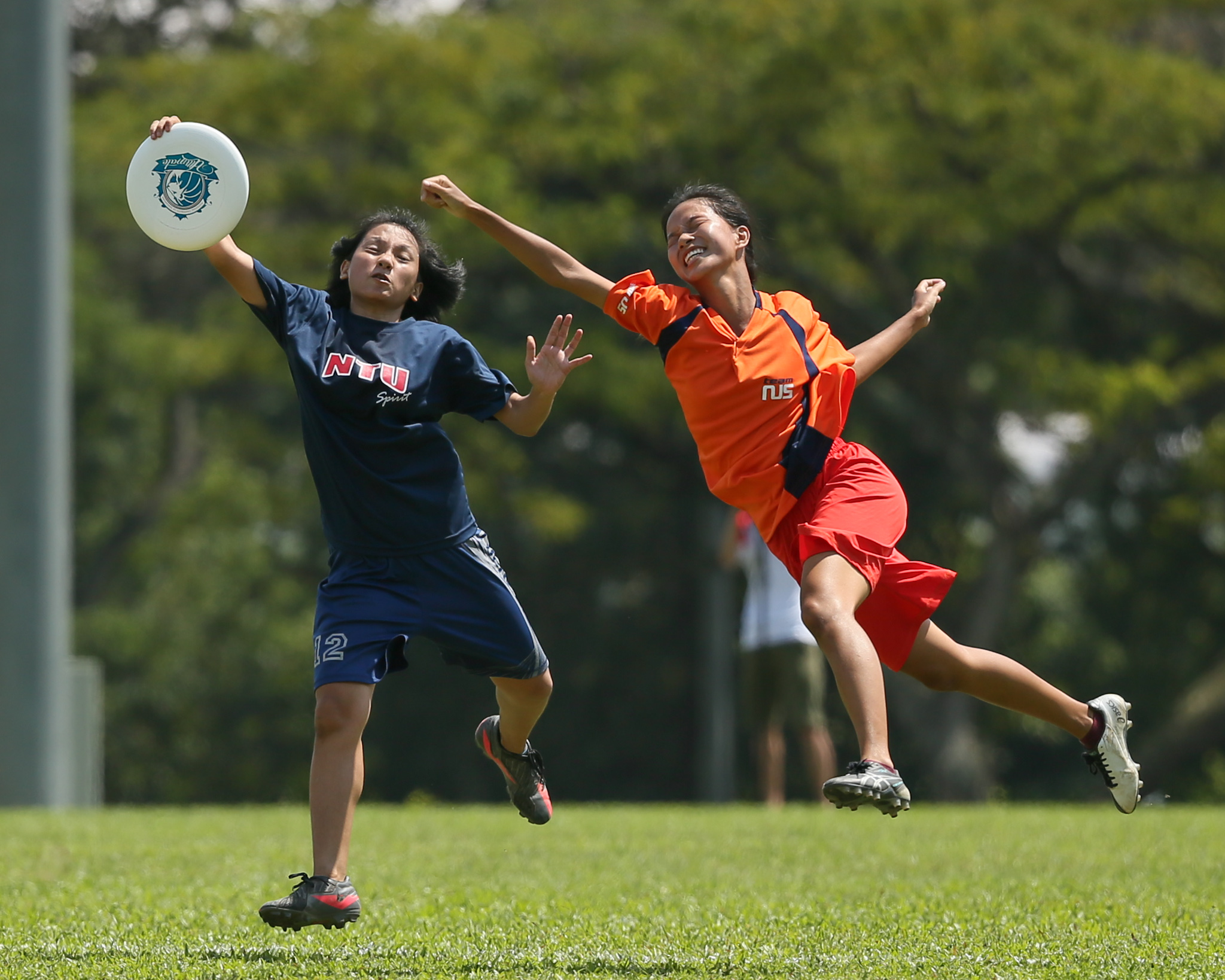

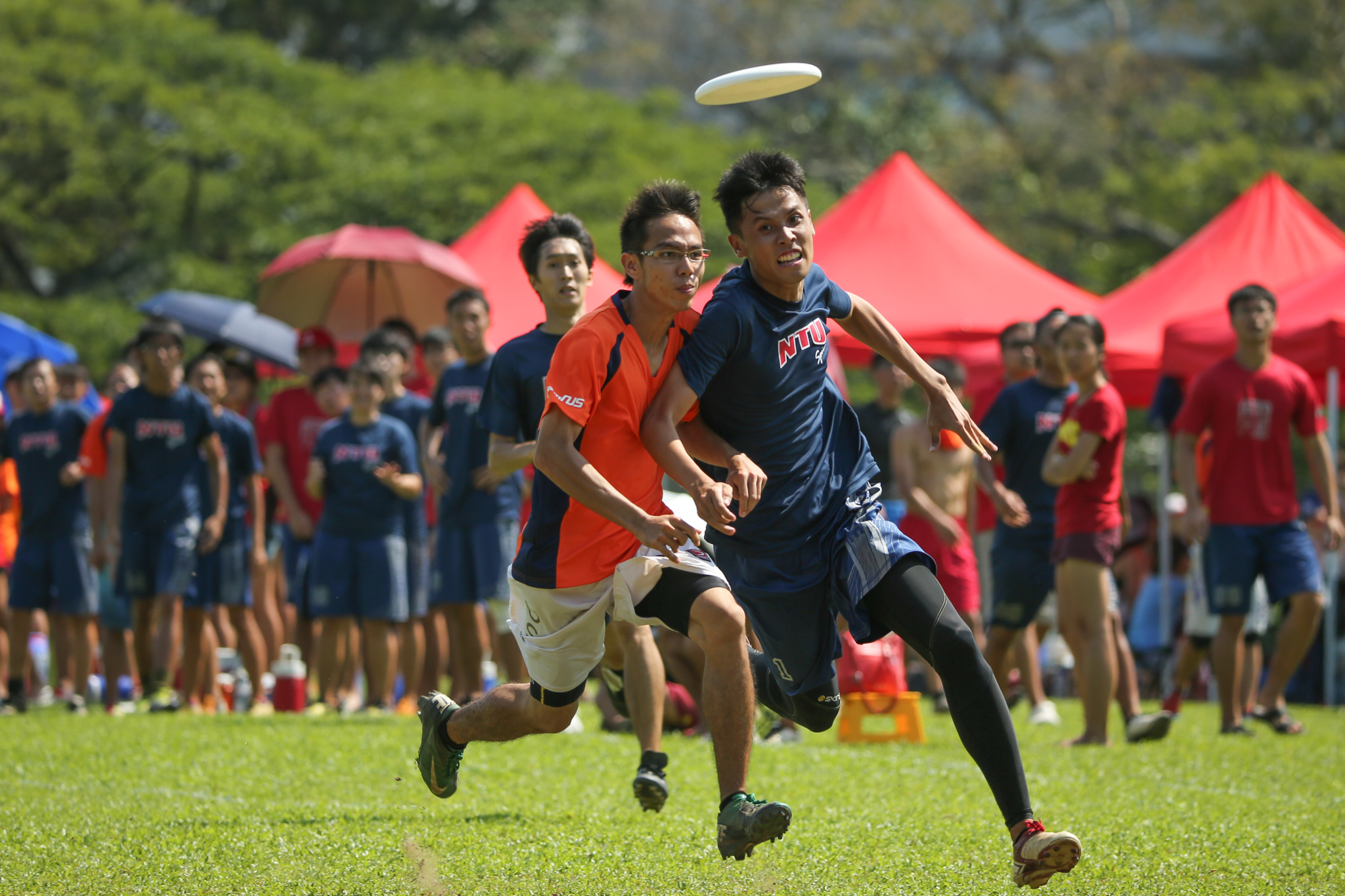


Impressions by Leow Tien Leng
Having owned the Nikkor 80-200 f/2.8 lens for 2 years, I have always been very pleased and satisfied with the quality of images that I can produce with it. Hence, when I had the chance to try my hands on the Nikkor 200-400 f/4 lens thanks to a friend at Camera Rental Centre, I was really looking forward to the increased range and comparing the image quality and handling of lens.
Firstly, the 80-200 was mounted on my Nikon D600, while the 200-400 was mounted on a D4. Needless to say, the D4 has a better and faster focusing system, but I still felt that the Nikkor 200-400 lens deserve some credit for its smooth focusing and ease of handling of the zoom rings. I had no problem at all in tracking the Frisbee players running all over the field, and the focusing is definitely superior to my own 80-200.
It took a while to get used to the bulk and weight of the Nikkor 200-400, but it was much easier thanks to the monopod. Although I usually shoot handheld with my Nikkor 80-200 and was initially skeptical about being restricted in movement by a monopod, I quickly learnt to appreciate and adapt to it.
Indeed, the tremendous increase in range was well worth the change in shooting style, which was also made possible because I could station myself at one end of the field compared to shooting from the side of the field with my 80-200. With the far reach and the versatile range of 200-400mm, I could effectively cover the field from the opposite end, and only the nearest ¼ stretch of the field cannot be properly covered. Besides the convenience, it also afforded me a great point of view where the players are running almost head on towards me, something which is not possible if I am shooting from the sidelines with my 80-200.
I have attached below some of the photos I took using the various focal lengths of the Nikkor 200-400 and
Nikkor 80-200. They are taken on 25 Aug 13 at NUS field for the Ultimate Frisbee tournament in the Singapore
University Games 2013. They have been edited but are uncropped.

